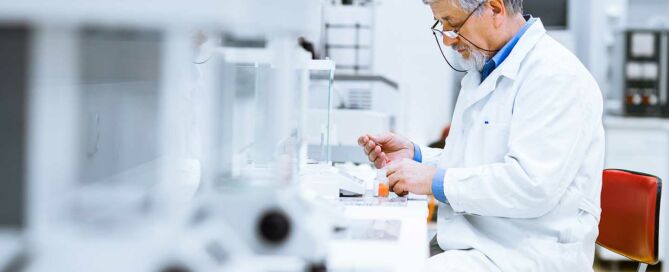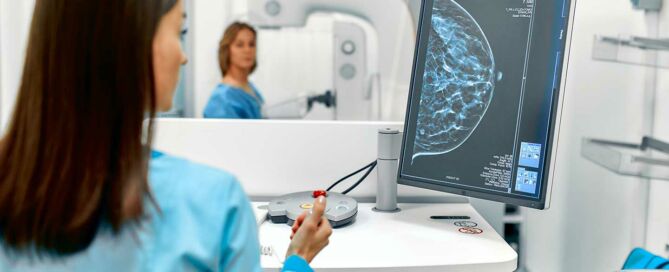Quality control in mammography: 6 practical tips
The aim of quality control in mammography is to maximize the benefits of exams while minimizing their potential risks. By law, mammogram screening programs must include quality control measures. In fact, ongoing internal quality controls provide a sound foundation for clinics to pass external reviews, such as audits and certifications, with flying colors. So, how can clinics maintain consistently high standards in mammography, and how can innovative technology such as artificial intelligence (AI) help? In this blog, we’ll provide a helpful overview with six practical tips on how to achieve this.












